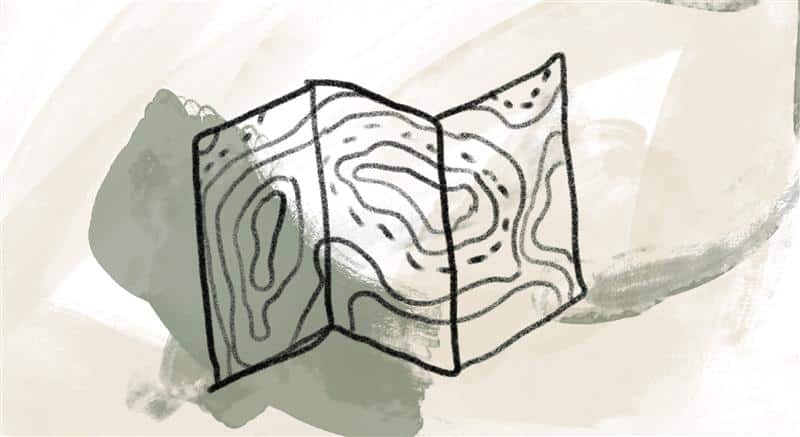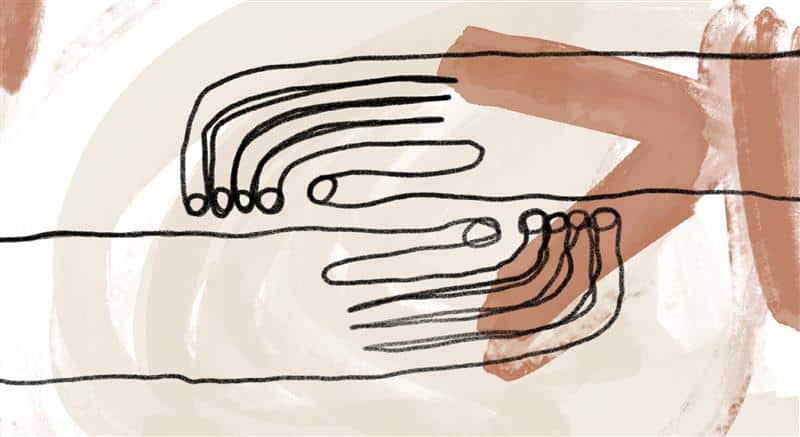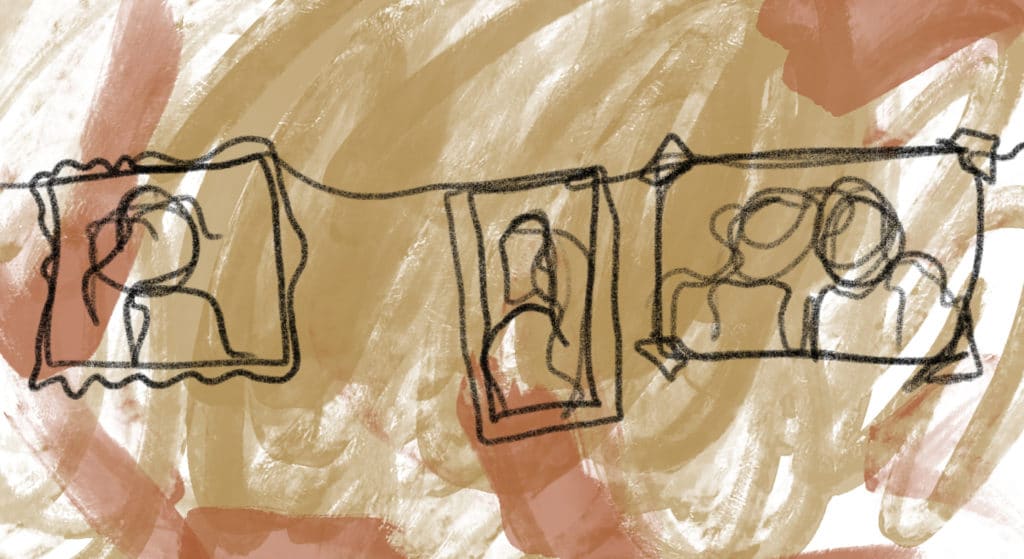
Shortly after giving birth herself, author Kat Armas had new insights into the nativity through the experience of Mary:
I’ve often said that the Bible is a book written by men, for men. Throughout the centuries most of its interpreters and preachers have been men as well. It’s no surprise then, that the story of the incarnation—and its rendering and interpretations thereafter—would glide over the messy realities of pregnancy and labor. Indeed, we’re told about the politics requiring Joseph to register in his hometown, about the shepherds keeping watch, and about heavenly hosts of angels celebrating, but we hear nothing of the blood, the nakedness, the primal groans, the fear, the strength and power of the human body, the first-time shrieks of new life bursting into the world….
Perhaps this is where we received our first antiseptic views of holiness, from a sterilized story of incarnation far removed from its reality. We’ve come to understand the concept of holiness as uncontaminated from the realities of the world, but is this truly the story of divinity? The story of God entering into our grief, our sorrows, our joys?
Like so many renderings of the narratives in Scripture, the birth of Jesus has been domesticated and dulled to make it more palatable. But there’s something subversively fleshly and carnal about Mary birthing God and her role as an active agent in the messy, material, and imminent.
I wonder, What was it like for Mary to birth God? What was it like to feel God squirm and settle as he pressed against her organs? She probably got short of breath and had trouble finding a comfortable position for sleep at night….
Armos reminds us of the real and raw birth process that Mary experienced:
This matters because a broken, refugee, brown, female, naked, stretched, hormonal, marginalized body is how divinity entered this world and where divinity still makes itself most known today….
The nativity scene, like much of Western theology, is far removed from the very bloody and very raw and very human process of birth. But these are the kinds of things that make up our faith: the naked, the primal, even the offensive. And while Mary’s story turned out the way she’d hope it would—with a newborn child in her arms—not all stories turn out that way. What the nativity scene as we’re used to seeing it fails to show us is that our faith is made of that too: the sadness, the questions, the longing, the despair, the anger. Encompassed within the birth of Jesus is the deeply difficult and deeply beautiful, the sacred and the profane, the spiritual and the material. Like our lives, it was fleshly and carnal—and it was also holy.
Reference:
Kat Armas, Sacred Belonging: A 40-Day Devotional on the Liberating Heart of Scripture (Grand Rapids, MI: Brazos Press, 2023), 154, 155.
Image credit: A path from one week to the next—Madison Frambes, Untitled 7, 5 and 8 (detail), 2023, naturally dyed paper and ink, Mexico, used with permission. Click here to enlarge image.
Together we are the incarnate hands and feet and body of God.
Story from Our Community:
I recently had an experience stargazing that filled me with awe. As I first watching the night sky unfold, I didn’t find the darkness very comforting. But then I felt a sensation of welcoming the darkness in and letting it surround me. Soon, I found a canopy of light formed twinkling above me, and I felt myself falling up into the sky, letting the arms of the sky wrap around me! I realized that God created the world above me. I was in awe of God’s glory, wonder, and light. For God so loved the world he gave the sun (son!), moon and stars at night. —Joni S.




